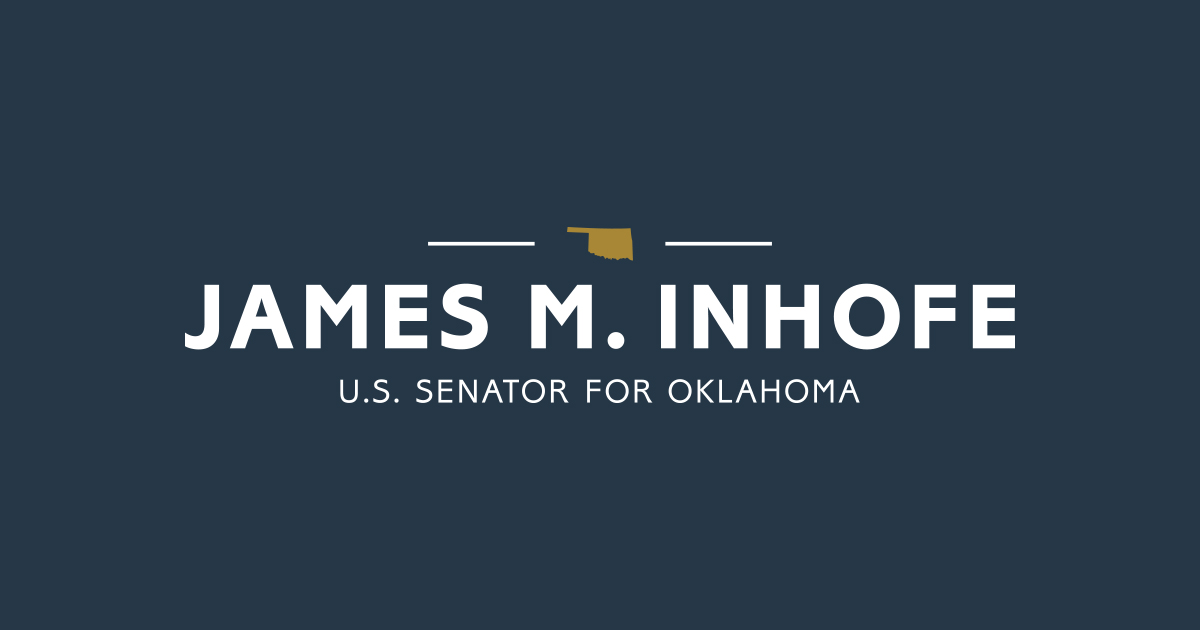Source: United States Senator for Oklahoma James Inhofe
U.S. Sen. Jim Inhofe (R-Okla.), ranking member of the Senate Armed Services Committee, today questioned top defense officials about their recommendations for the Fiscal Year 2023 defense budget. Witnesses included: Secretary of Defense Lloyd Austin; Chairman of the Joint Chiefs of Staff General Mark Milley; and Michael McCord, Under Secretary of Defense (Comptroller).
Inhofe: Thank you, Mr. Chairman. Mr. McCord, the chairman asked a question and led off with, which I was going to do, but currently, now, the question would be in 2022. You want to expand a little bit on that year?
McCord: Yes, Senator. On inflation, in 2022, the GDP deflator, which is what the department has always used, was — the budget that you got last year this time was built on 2 percent, we now saw the year ended at 4, and that’s what we caught up on so that that pricing, going forward, building into our program going forward, would not be behind.
The tricky part, from now, is assessing what’s going to happen in ‘23 going forward, given how hard it is to predict these things and whether oil price spikes are going to persist or not persist, things like that.
Inhofe: Which, I think, they will be persisting. Secretary Austin, there are some who say that we shouldn’t be talking about the topline, we should be talking about how the budget aligns with strategy, and I think that we need to talk about both. But we only have a classified defense strategy, and we have no National Security Strategy.
So, how are we supposed to connect the dots between the strategy and the budget? Is there any timeline for the White House to release the National Security Strategy so we can have a debate in public about the strategy?
Austin: Well, thanks, Senator. I can’t offer you a timeline on when that’s going to be released. I will only say as we constructed the National Defense Strategy, we used the guidance that was available in the very detailed National Security Strategy guidance that was published very early on in this administration, and that was very helpful to us to allow us to map out the strategy that you now see. And if you look at that strategy, and you look at that budget, you’ll see direct linkages between the budget and the strategy, because we use the strategy to fabricate the budget.
Inhofe: Ok, that’s good. Thank you very much. General Milley, I’m going to ask you one question, and I already know the answer ‘cause I know you, and I think it need to be stated in this hearing. I’m going to follow up on Congressman Turner’s question from the HASC hearing earlier this week. You said your position on these sub-launched nuclear missile hadn’t changed. I just wanted to confirm, like Admiral Richard and General Wolters, that your best military advice is to continue development of this missile for deterrence purposes.
Milley: That’s correct, Senator. My position didn’t change, and I think that it’s important to have as many options as possible for this president or any other president. But I do want to state also that we have lots of options and we have a significant nuclear capability, so I don’t want any foreign adversary to misread what I’m saying. I happen to believe this president and every president needs lots of options, which we have, but I think more options are better.
Inhofe: Ok. Great. Mr. Chairman.
